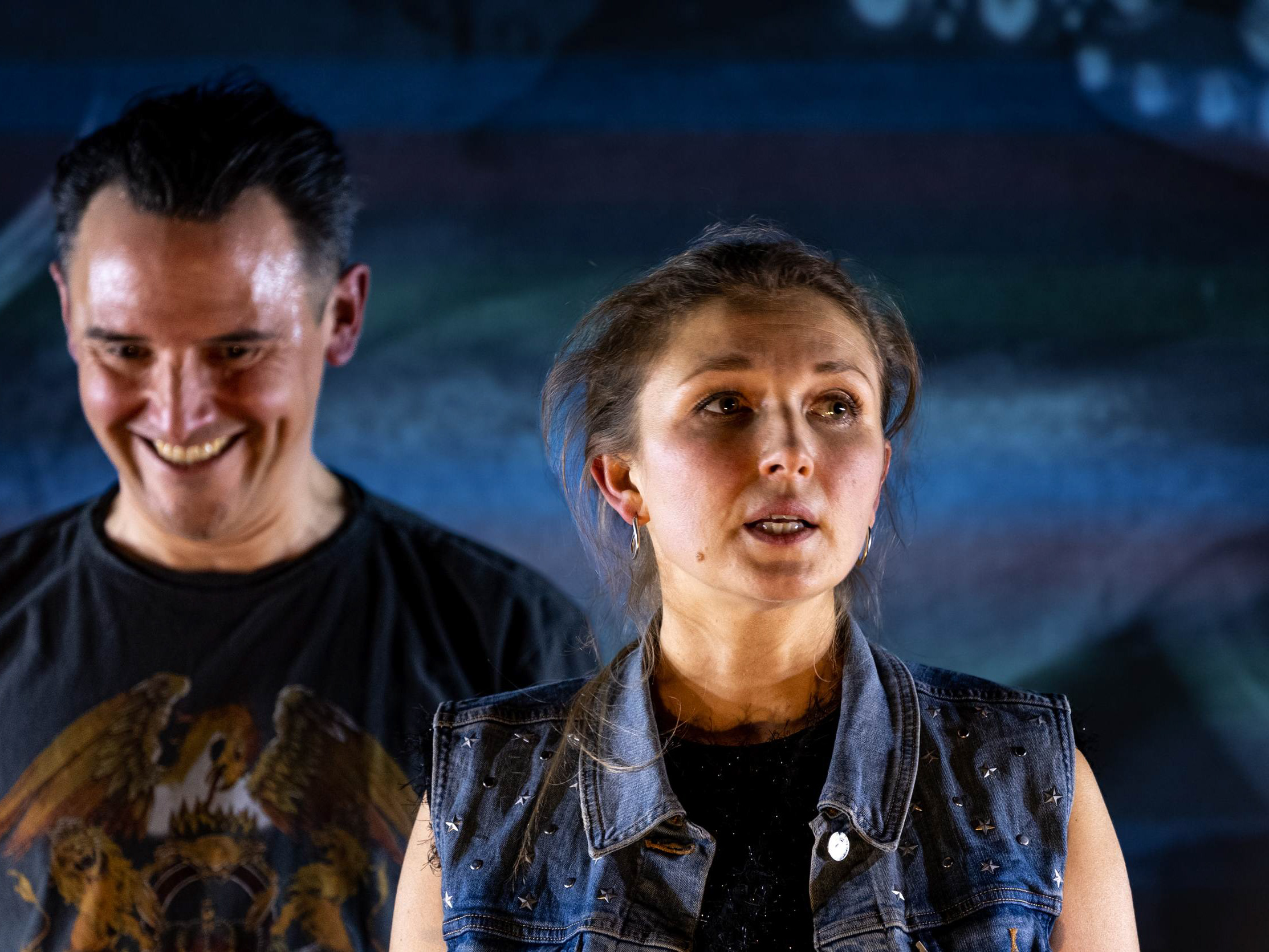in development
In a large room with neon lights, a translator working for the French Office for the Protection of Refugees and Stateless Persons sits at a table. She has to translate the story of an exile's trip to the European Union. As the story progresses, he recalls images of the places he has crossed and his fellow travellers.
The exile had spoken about his feelings from the port of Üsküdar on the east bank of Istanbul, saying that Europe was facing him on the other side of the Bosphorus. He had spoken of Agadez, where he discovered that Europe begins south of the Sahara desert. He also spoke of Thessaloniki, of Mama Rosa's food distributions between abandoned trains and brothels, and of the room Mohamed had made himself with Ikea desks. He remembered that it was on the way to Albania, walking along the cotton fields of northern Greece, that Atifa had explained to him that Dublin is the capital of Bulgaria. He spoke about Soufiane, who told him, while walking along the double fence surrounding Melilla, that he had swum ten hours, alone at night, to enter the Spanish enclave. And about Aminata who taught him much later, while walking all night along the Saint-Denis canal in Paris to avoid the police, that you can be an adult in Paris and a minor in Le Mans. And in Horgos, Serbia, he had spoken of the long days sitting on the ground next to the abandoned milk factory that served as a refuge in the middle of the fields while they waited for the fog to arrive to try the game to Hungary. Ahmed had described the electrified barbed wire of the Hungarian fences and the violence of the military, but had told him that he knew another, safer way.
Through the translation of the exile's story, the stories are interwoven and little bylittle the walls of Fortress Europe appear.
Contact:
L’image d’après
4 place des petites boucheries 37000 Tours
Maud Martin / maud-martin@limagedapres.org / +33680841734
Orlane Dumas / orlane-dumas@limagedapres.org / +33608512906







